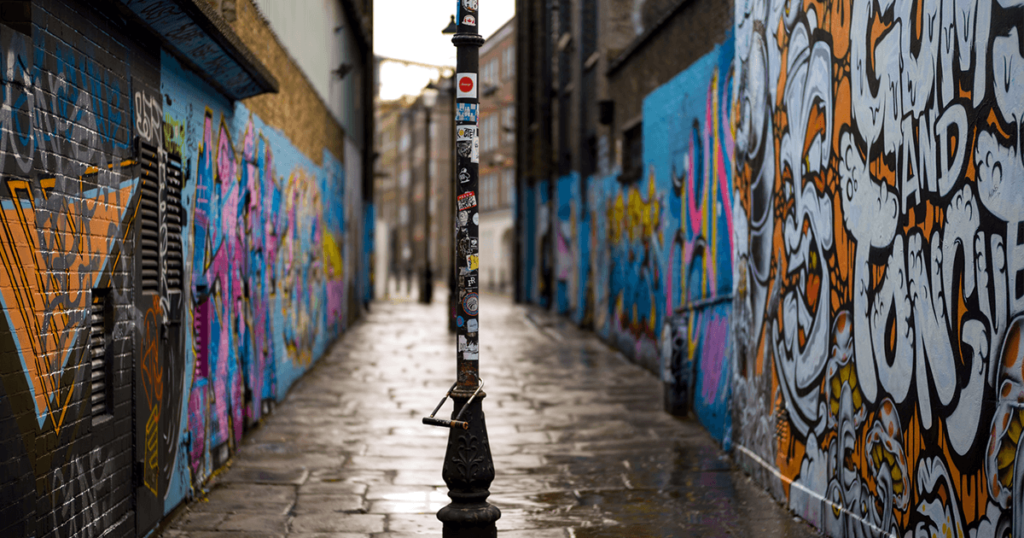
French Marxist philosopher Guy Debord wrote in his 1956 book, Theory of the Dérive, about the “specific effects of the geographical environment (whether consciously organized or not) on the emotions and behavior of individuals.” The notion led his mid-20th-century avant-garde group, the Situationists, to promulgate the theory of “pyschogeography,” or “a whole toy box full of playful, inventive strategies for exploring cities … just about anything that takes pedestrians off their predictable paths and jolts them into a new awareness of the urban landscape.” Crucial to a successful urban encounter, in Debord’s view, was what he termed the dérive—“drifting” in English—or “a mode of experimental behavior linked to the conditions of urban society: a technique of rapid passage through varied ambiances.” It is an improvised journey by foot through a city in which the walkers “let themselves be drawn by the attractions of the terrain and the encounters they find there.”
Naturally, Paris is the quintessential setting for a proper dérive. But last weekend I had several consecutive and unseasonably sunny afternoons to myself in the Shoreditch section of London, where I decided to shut off the maps app on my phone and take random turns as I walked, in and out of areas I knew and others that were completely novel to me. I wandered through parks and outdoor markets, popped in and out of cafés and bars, and ended up getting a phenomenal haircut and shave. But I also discovered that my personal drifting style is too commercially oriented. Next time, I’ll switch my smartphone back on. A Google search revealed that there is now an app for wandering, which doles out pyschogeographic prompts as you move, like “follow a red vehicle” or “walk behind a cat.” I’m going to see where it takes me.

